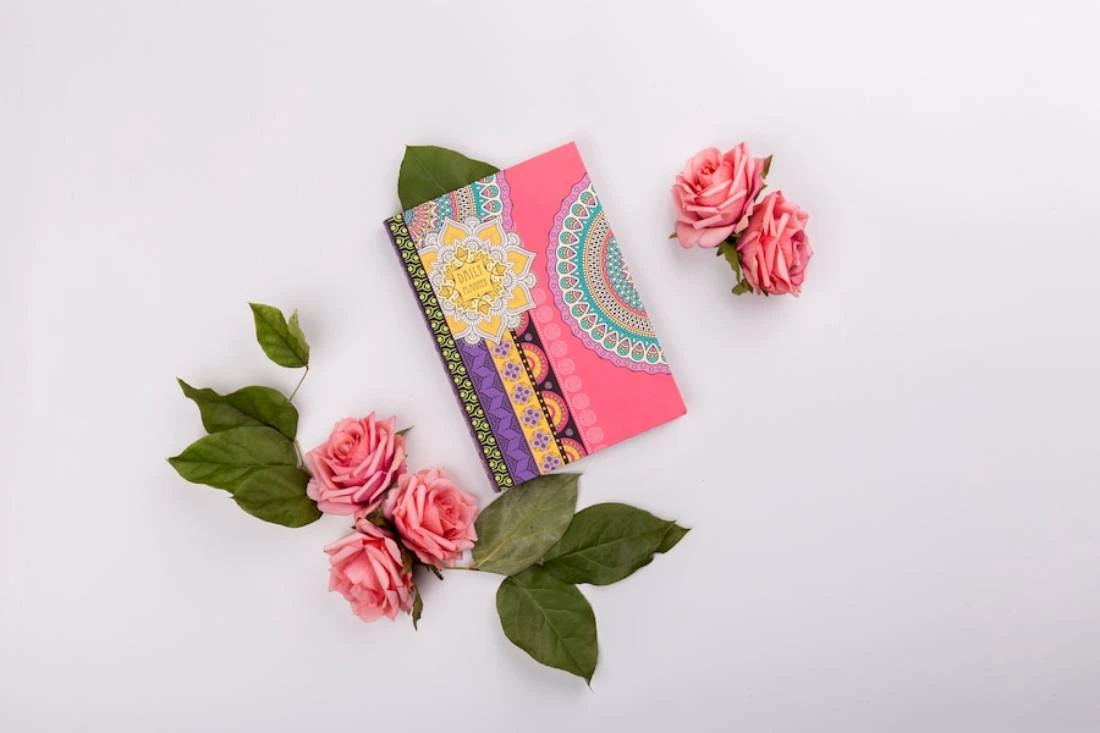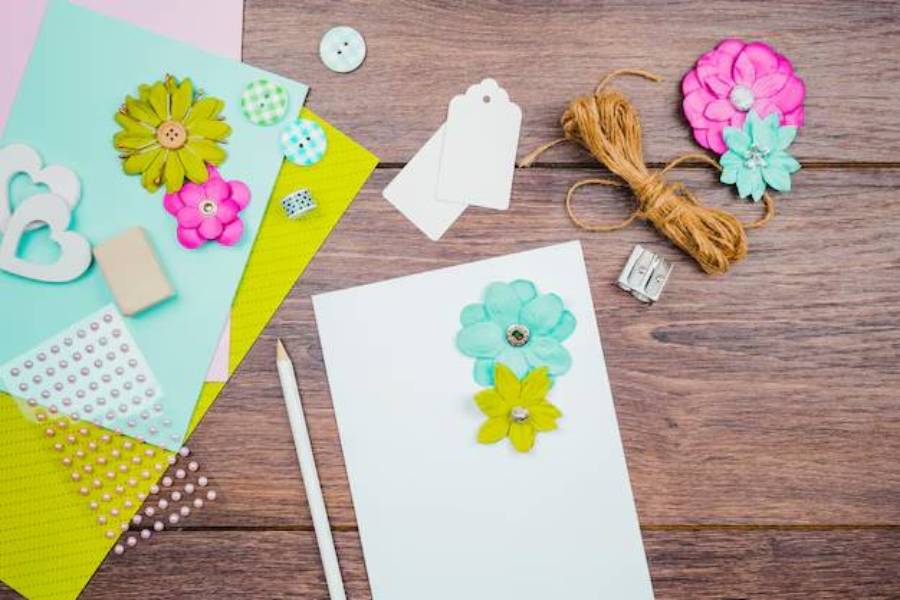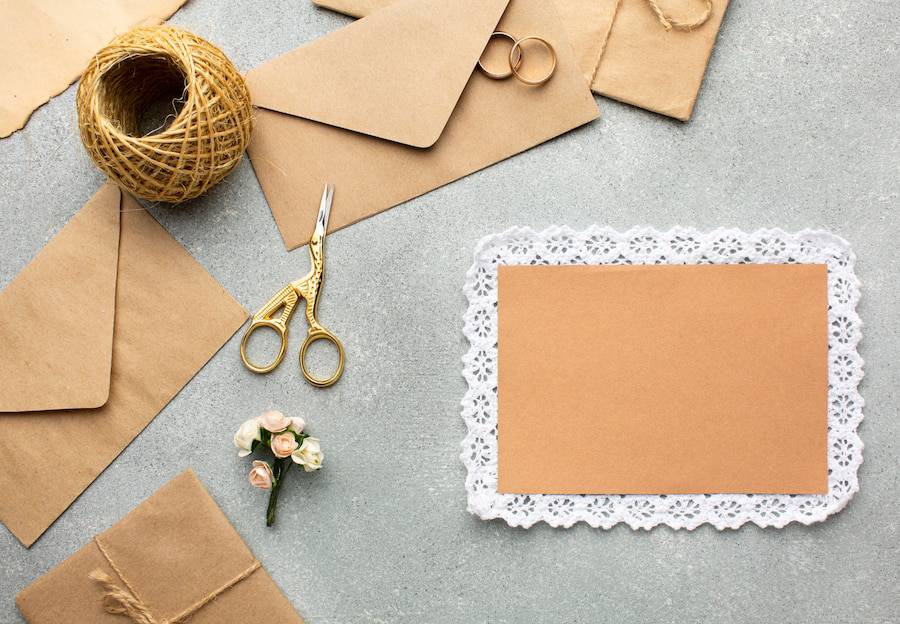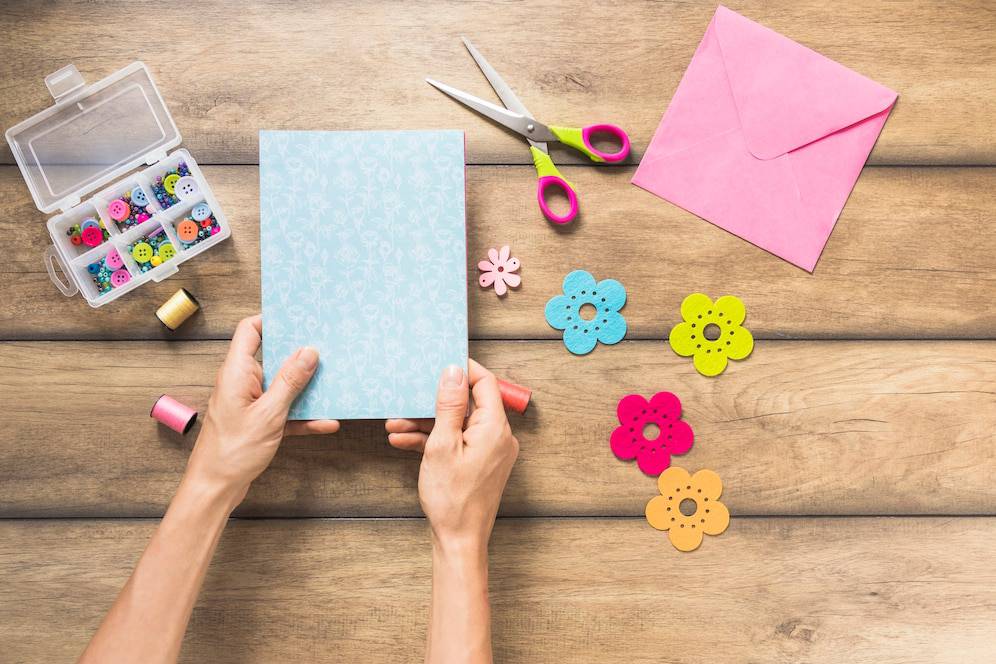
How to Make Stunning Handmade Greeting Cards
A handmade greeting card shines in a world filled with digital messages and quick texts. Making a DIY card is special, whether for a birthday, anniversary, holiday or simply to show appreciation. It lets you create something unique and heartfelt. Unlike store-bought cards, handmade ones let you express your creativity. You can customise the design and message for the recipient.
This guide will walk you through the art of handmade card making, exploring different techniques, materials, and design ideas. Whether you’re new to crafting or a pro, you’ll discover lots of ideas for unique paper crafts. These creations will genuinely impress everyone.
Essential Materials for Handmade Cards

Before diving into techniques and designs, you’ll need some basic supplies. Here are the must-haves for DIY greeting cards:
Basic Materials:
- Cardstock or Blank Cards – A sturdy base for your greeting card.
- Patterned or Coloured Paper – Adds dimension and personality to your design.
- Scissors or Craft Knife – For precise cutting and shaping.
- Glue or Double-sided Tape – Ensures secure adhesion of decorative elements.
- Markers, Pens, or Calligraphy Brushes – For adding personal messages and artistic touches.
Decorative Elements:
- Stamps and Ink Pads – Ideal for adding patterns and professional-looking designs.
- Stickers and Embellishments – Great for extra detail and texture.
- Ribbons and Lace – Enhances the elegance of your handmade cards.
- Glitter and Sequins – Add sparkle and festive appeal.
- Pressed Flowers or Dried Leaves – Brings your card a natural and delicate look.
Techniques for Creating Handmade Cards

There are various techniques to explore when crafting DIY greeting cards. Below are some popular methods:
1. Layering and Collage
This technique involves stacking different papers, textures, and embellishments to create a multi-dimensional effect. Steps:
- Choose a colour scheme and background paper.
- Layer different cut-out shapes, images, and textures.
- Secure the layers with glue or foam adhesive to create depth.
- Add a central focal point like a quote, an illustration, or a photo.
2. Stamping and Embossing
Stamping allows for intricate designs without requiring freehand drawing skills. Embossing adds a raised texture for a sophisticated touch. Steps:
- Ink your chosen stamp and press it onto the card.
- For embossing, sprinkle embossing powder over wet ink and heat with an embossing tool.
- Allow the design to dry completely before adding embellishments.
3. Watercolour and Hand-Painting
If you enjoy painting, adding watercolours to your cards can give them a delicate, artistic feel. Steps:
- Lightly sketch your design on watercolour paper.
- Use watercolours to paint your illustration, blending colours as desired.
- Once dry, cut and attach the painted piece to your card base.
4. Pop-up and Interactive Cards
These cards include elements that move or pop out when opened, making them fun and engaging. Steps:
- Cut slits into the card base where pop-up elements will be attached.
- Fold the slits of creative paper crafts outward and glue your cut-out images or messages onto them.
- Decorate the rest of the card, ensuring the pop-up feature works smoothly.
5. Calligraphy and Hand Lettering
Beautiful lettering can enhance the sentiment of your handmade card. Steps:
- Choose a meaningful phrase or quote.
- Use a pencil to lightly sketch the lettering.
- Go over the text with calligraphy pens or brush markers.
- Embellish with decorative flourishes or simple illustrations.
Handmade Card Ideas for Different Occasions

Looking for inspiration? Here are some ideas for creating unique handmade cards:
Birthday Cards
- Balloon Cut-outs: Layer colourful paper balloons for a fun design.
- Photo Collage: Personalise with images of special memories.
- Shaker Cards: Create a see-through pocket filled with sequins and glitter.
Anniversary & Love Cards
- Vintage Lace & Ribbon: Adds a romantic and timeless feel.
- Heart Pop-Up Card: Features a surprise heart-shaped element inside.
- Handwritten Love Letter Design: Mimics a heartfelt letter in elegant script.
Holiday Cards
- Christmas: Incorporate snowflakes, Christmas trees, or hand-drawn reindeer.
- Valentine’s Day: Use red and pink tones with floral patterns.
- Easter: Feature pastel colours, bunnies, and eggs.
Thank You Cards
- Minimalist Design: Simple, elegant calligraphy with a single embellishment.
- Nature-Inspired: Use pressed flowers or leaf prints for an organic touch.
- DIY Watercolour Wash: Create a soft, gradient background with a heartfelt message.
Tips for Perfecting Your Handmade Cards
To ensure your DIY greeting cards look professional and polished, consider these tips:
- Use Quality Paper: Thick cardstock prevents warping and gives a sturdy base.
- Plan Your Layout First: Sketching a rough idea prevents design mistakes.
- Mix and Match Materials: Combining different textures adds depth and interest.
- Keep a Consistent Theme: Stick to a colour palette for a cohesive look.
- Add a Personal Message: A thoughtful note enhances the emotional value of your card.
Budget-Friendly Handmade Cards
Crafting beautiful cards doesn’t have to be expensive. Here are some ways to save money while making stunning DIY greeting cards:
- Recycle Materials: Use old magazines, scrap fabric, and leftover wrapping paper.
- Download Free Printables: Many websites offer free card templates and decorative elements.
- Use Household Items:
- Cotton buds for splattering paint.
- Kitchen sponges for creating texture.
- Aluminium foil for embossing effects.
- DIY Your Own Stamps: Carve simple designs into erasers for custom stamps.
Conclusion
Making colorful handmade greeting cards is a fun exercise for your creative side and a way to help the world connect with you. Whether it be a watercolour painting, stamping, layering, or calligraphy, each of these can turn each card you make into a work of art. DIY greeting cards not only allow you to get creative, but they can also brighten the day of the person getting them.
So, gather your materials, try out new techniques, and start crafting! What type of handmade card will you create first? Share your ideas and experiences in the comments below! Click here for more Handmade Gifting Options.